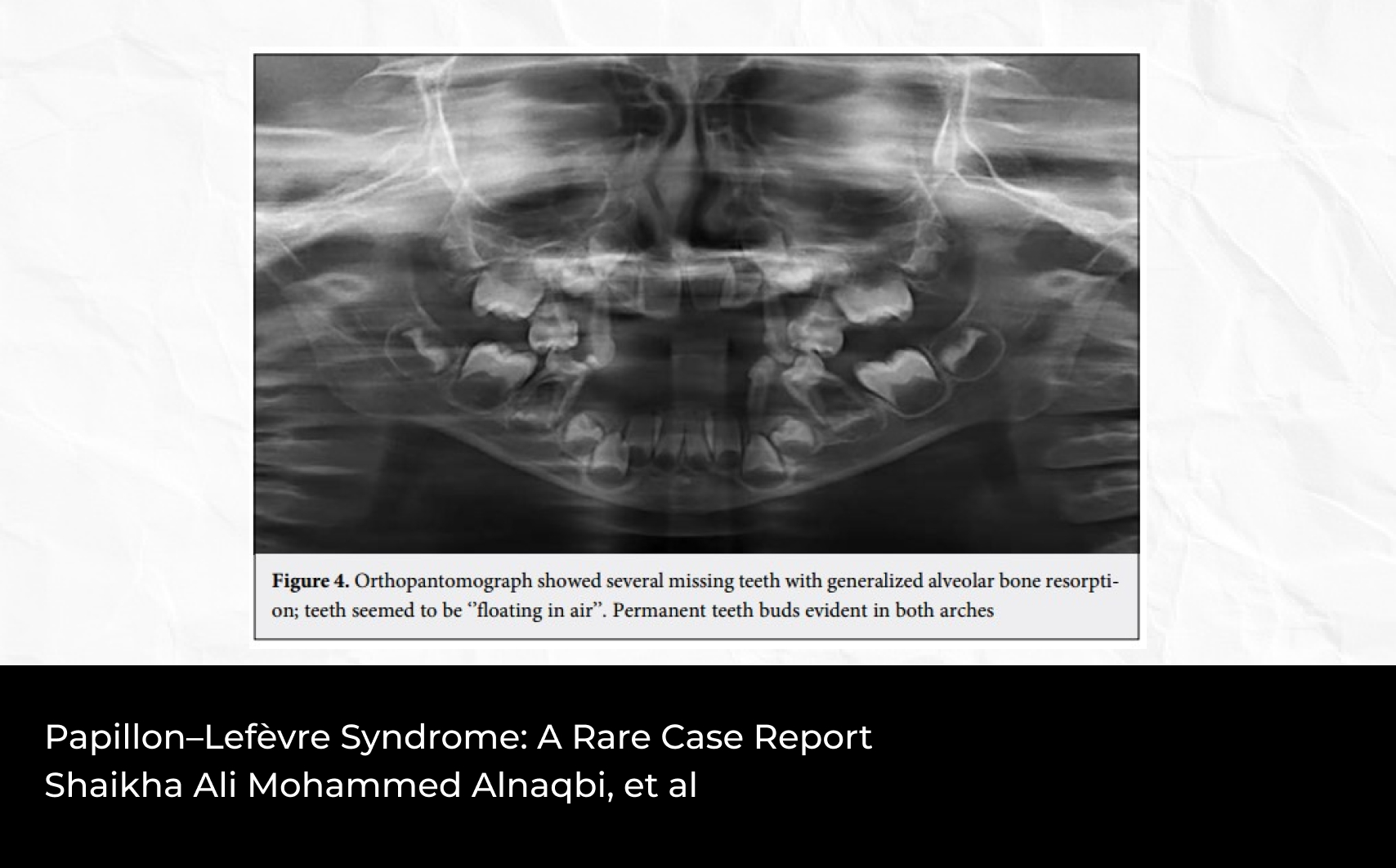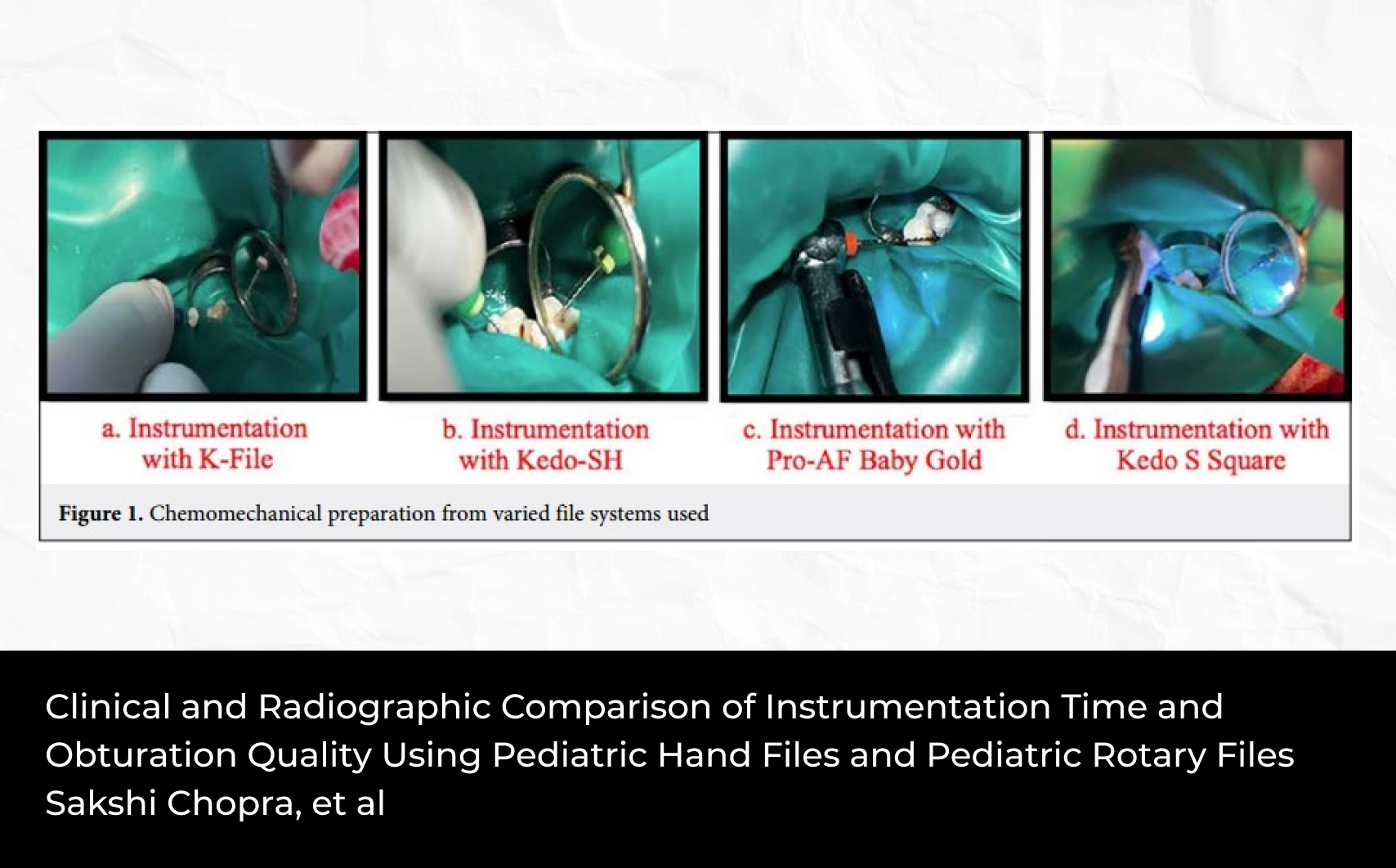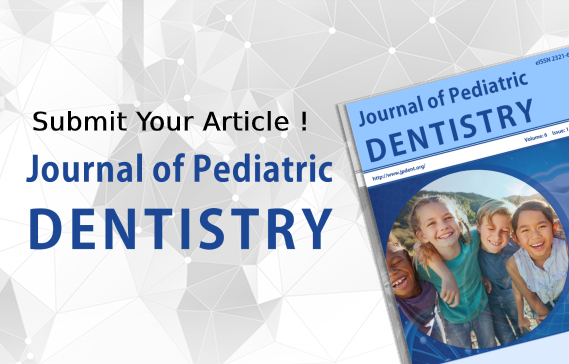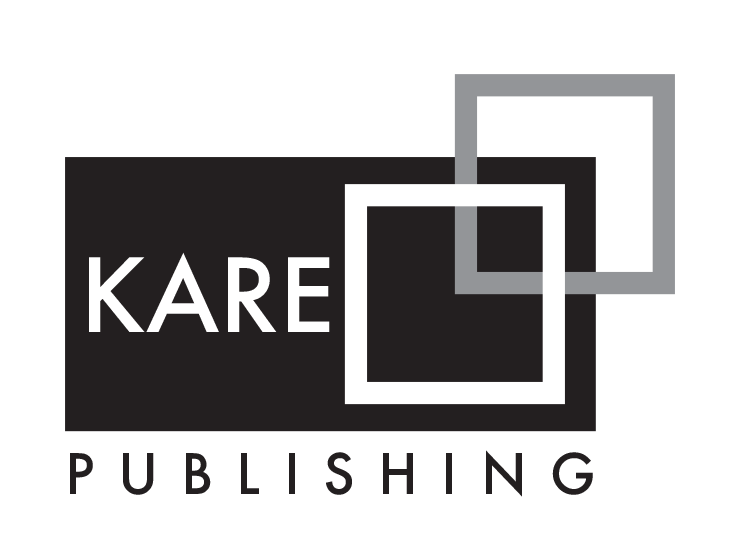2Oral and Maxillo-facial Pathology, Mahsa University, Malaysia
3Department of Pediatric and Preventive Dentistry, Mamata Dental College and Hospital, Khammam, Andhra Pradesh, India
Abstract
There is no single material in dentistry that is ideal in nature and fulfi lls all the requirements of an ideal material. As the quest for an “ideal restorative material” continues, a newer generation of materials was introduced. These are termed as “smart’’ as these materials support the remaining tooth structure to the extent that more conservative cavity preparation can be carried out. These materials may be altered in a controlled fashion by stimulus such as stress, temperature, moisture, pH, electric or magnetic field. Some of these are “biomimetic” in nature as their properties mimic natural tooth substance such as enamel or dentin. The current dental materials were improvised in order to make them smarter. The use of smart materials has revolutionized dentistry which includes the use of restorative materials such as smart composites, smart ceramics, compomers, resin modified glass ionomer, amorphous calcium phosphate releasing pit and fissure sealants, etc. and other materials such as orthodontic shape memory alloys, smart impression material, smart suture, smart burs, etc., This paper attempts to highlights the use of “smart materials” to achieve maximum advantage by conventional restorative techniques in dentistry.














